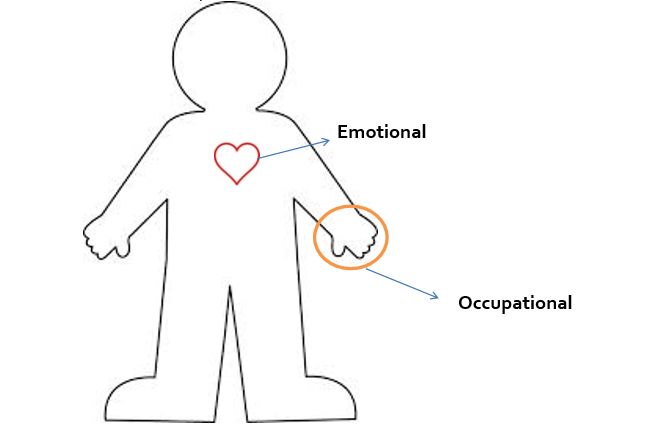The World Health Organization (WHO) defines human health comprehensively in its 1948 constitution as “a state of complete physical, mental and social well-being and not merely the absence of disease or infirmity” (World Health Organization, 2006).
Alaska and most states have developed health curriculum standards based on the National Health Education Standards. Locally, school districts can tweak the standards to meet their needs and adopt curriculum and supplemental materials to create comprehensive school health education and coordinated school health programs. The goal is to identify content and strategies for developing health advocacy skills among elementary, middle, and senior high school students (Tappe & Galer-Unti, 2001).
It was not intuitive to me, but I’ve learned that health taught in the classroom setting includes the safety and security of the school environment, such as bullying prevention, and intervention/engagement in school (Alaska Department of Education & Early Development, 2011). Of course, a health program includes nutrition services, school nurses, mental health/counseling support. Truly comprehensive programs include community/family engagement, building/environmental health and staff health.
I’ve included a wellness mapping activity for high schoolers in my portfolio to demonstrate the wide domain of health education. The activity asks students to define wellness considering all aspects of their life. The expected outcome is that students become more intentional about the health. It’s a simple activity that can provoke fruitful discussions where students construct a deeper understanding of their habits and their environment. The activity can be tailored to younger audiences by omitting the Occupational and Financial dimensions of wellness from the discussion.
I invite you to try it with your students. Please let me know how it goes!
References
Tappe, M. K., & Galer-Unti, R. A. (2001). Health educators role in promoting health literacy and advocacy for the 21st century. Journal of School Health, 71(10), 477-482. doi:10.1111/j.1746-1561.2001.tb07284.x
World Health Organization. (2006). Constitution of the World Health Organization – basic documents, forty-fifth edition, supplement, October 2006.
Alaska Department of Education & Early Development. (2011). Alaska school health and safety framework September 2011.

